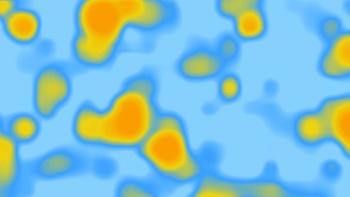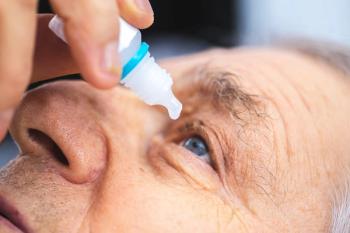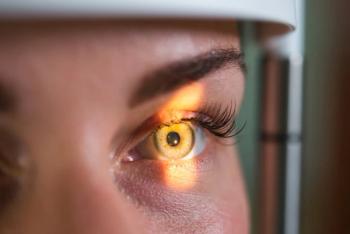
Previous estimates of minimum oxygen transmission may be seriously underestimated
Findings from a meta-analysis indicate that values from previous research on the minimum oxygen transmission (Dk/t) needed to avoid overnight lens-induced corneal swelling are gross underestimations.
The research, which was presented at the annual meeting of the American Academy of Optometry, pooled data from a number of studies conducted at the Centre for Contact Lens Research (CCLR), School of Optometry, University of Waterloo, Ontario, Canada.
Each investigation enrolled patients with no history of contact lens (CL) use, who were assigned to wear different hydrogel and silicone hydrogel lenses overnight on one eye.
Exceeding Holden-Mertz
A best-fit function for the plot of increase in central corneal swelling with the various lenses versus the respective central lens Dk/t value intercepted the line representing the amount of corneal swelling of the control eye (3.5%) at a Dk/t value of about 340 Barrer/cm.
This value far exceeds the Holden-Mertz criterion for critical oxygen transmission of an extended wear lens, 87 Barrer/cm, which was established more than 25 years ago, as well as more recent proposals that the appropriate value is around 125 Barrer/cm, said Dr. Woods, principal scientist, CCLR, and adjunct associate professor, School of Optometry, University of Waterloo.
Dr. Woods told Optometry Times, "The idea that corneal hypoxia was the culprit in the adverse events associated with extended CL wear has fueled research to determine what is the minimum oxygen transmissibility requirement for a CL to avoid corneal edema. It is the basis for the development of silicone hydrogel lenses.
The definitive answer
"Debate on this topic continues, however, and there is still firm indication that despite their having high oxygen transmissibility exceeding the thresholds established by previous research, silicone hydrogel lenses have not completely mitigated problems of lens-induced physiological changes," he said.
"However, apart from a rare patient whose cornea has a very high oxygen demand, the current silicone hydrogel lenses are delivering as much oxygen as the cornea needs. Research now needs to focus on identifying other explanations for existing problems associated with soft CL wear," Dr. Woods commented.
Recognizing that theoretical models cannot account for all possible confounders associated with in vivo CL wear, testing is needed to confirm the prediction that a CL with a Dk/t value of 340 Barrer/cm would limit overnight lens-induced corneal swelling to the level seen without lens wear. That, in turn, awaits the availability of such a lens.
Meanwhile, Dr. Woods and his colleagues at the CCLR have been conducting research to understand other variables influencing corneal swelling, and plan to present some interesting findings later in 2011.
FYI
Craig Woods, PhD, FAAOE-mail:
The studies were supported by Ciba Vision and CooperVision. Over the past 3 years, the members of the CCLR have received research funds or honoraria from Alcon, Allergan, AMO, Bausch + Lomb, Cetero, Ciba Vision, CooperVision, Essilor, Inspire Pharmaceuticals, Johnson & Johnson, OcuSense, Menicon, and Visioneering.
Newsletter
Want more insights like this? Subscribe to Optometry Times and get clinical pearls and practice tips delivered straight to your inbox.









































